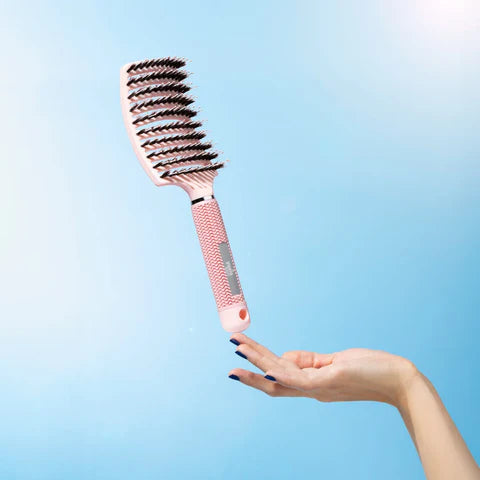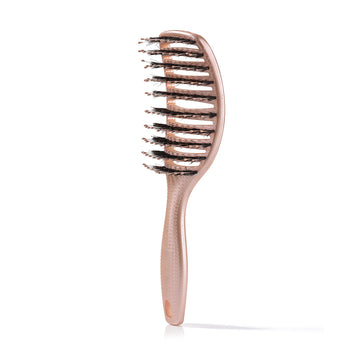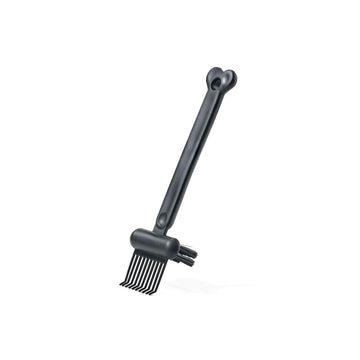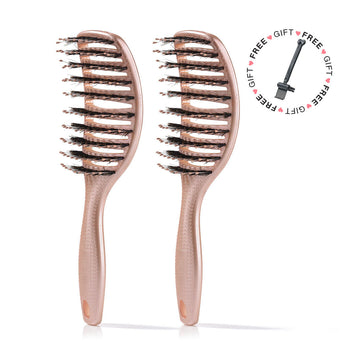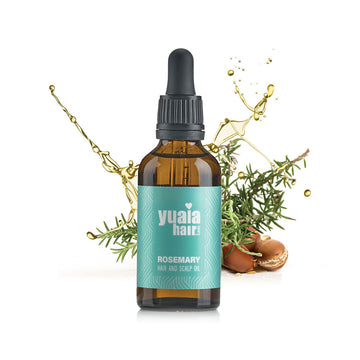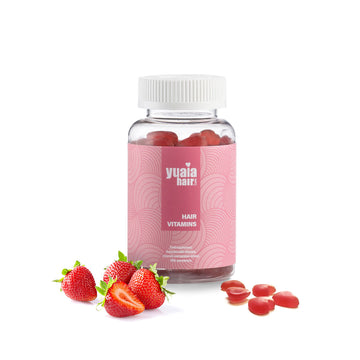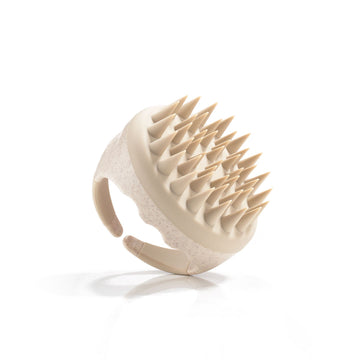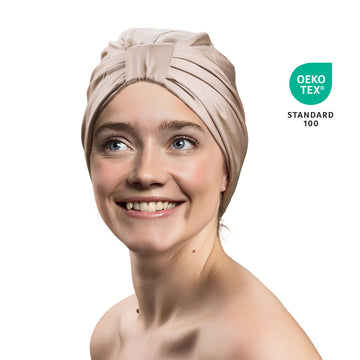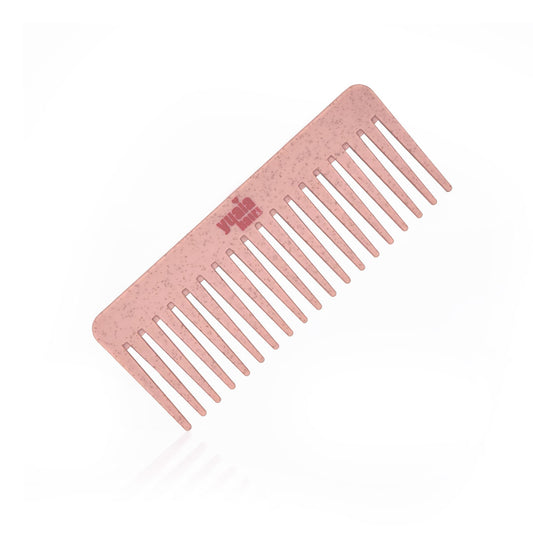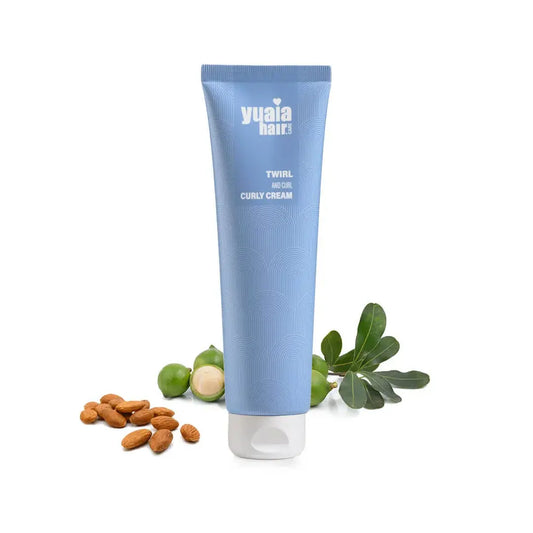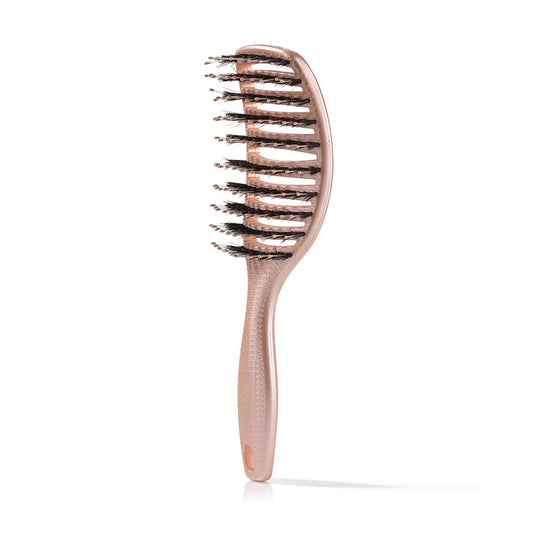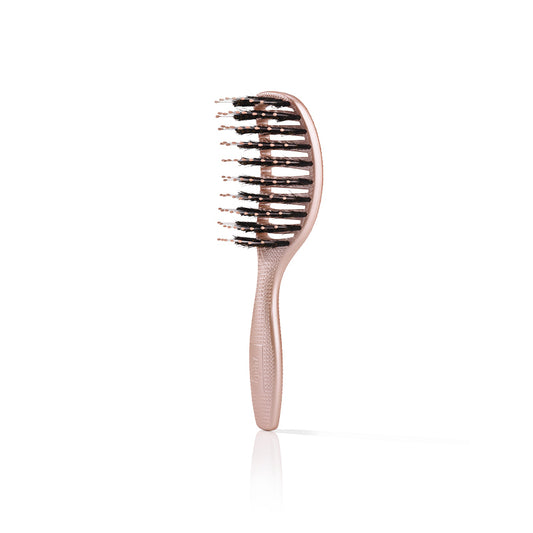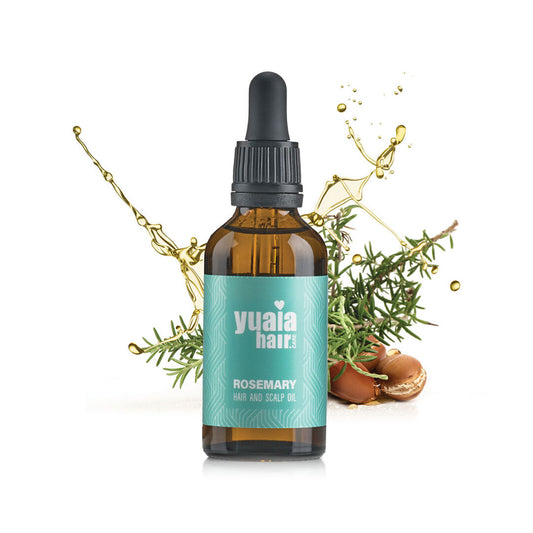
Brushing in the shower: techniques and benefits
Brushing your hair in the shower can be a beneficial practice, especially when done after applying conditioner. Conditioner provides "slip," which helps in reducing knots and tangles, making it easier to detangle hair without causing breakage. This method can also promote even distribution of the conditioner, enhancing its effectiveness and leaving your hair smoother and more manageable.
Using a wide-tooth comb or a brush specifically designed for wet hair is highly recommended. These tools are gentle on the hair and help minimize damage, especially for those with curly or coily textures. For curly hair, our Twirl and Curl curly cream can be applied after detangling to define curls and reduce frizz.
Hair type considerations
Different hair types require different approaches when it comes to post-shower care:
- Straight/Wavy Hair: It's often beneficial to detangle before showering, as dry hair is stronger and less prone to breakage. After showering, gently pat your hair with a towel to remove excess water before styling.
- Curly/Coily Hair: Detangling in the shower with plenty of conditioner can help prevent frizz and breakage. This method allows you to work through knots while the hair is wet and more pliable. Using a wide-tooth comb can make this process easier and less damaging.
Personalizing your routine based on your hair type can significantly enhance hair health. For those with curly hair, applying a curl-enhancing product like our Twirl and Curl curly cream after detangling can help maintain curl definition and reduce frizz.
Safe brushing practices post-shower
To safely brush your hair after a shower, it's important to focus on timing and technique. Start by gently squeezing out excess water with a towel. Then, using a gentle brush like the Curvy Brush, begin detangling from the ends and work your way up to the roots. This minimizes stress on the hair and reduces the risk of breakage.
For added protection, consider using a heat protectant spray before styling with heat. This helps shield the hair from damage caused by high temperatures, keeping it healthy and vibrant.
Scalp health and hair brushing
Brushing your hair isn’t just about detangling; it also plays a role in maintaining a healthy scalp. Regular brushing helps stimulate scalp circulation and distribute natural oils, which can promote healthier hair growth and a more balanced scalp environment. A healthy scalp is the foundation for strong, resilient hair.
Safe brushing practices post-shower
Brushing your hair after a shower can be beneficial when done with care. It is important to focus on the right timing and technique to avoid unnecessary damage. Start by gently squeezing out excess water with a towel. This helps to reduce the amount of water your hair holds, making it less prone to breakage during brushing.
Using a gentle brush like the Curvy Brush, begin detangling from the ends and work your way up to the roots. This method minimizes stress on the hair and reduces the risk of breakage. The Curvy Brush is made with boar bristles that help distribute natural oils, enhancing shine and smoothness.
Scalp health and hair brushing
Brushing your hair is not only about detangling; it also plays a significant role in maintaining a healthy scalp. Regular brushing stimulates scalp circulation, which can promote healthier hair growth. It also helps in distributing natural oils from the scalp along the length of the hair, contributing to a more balanced scalp environment and shinier hair.
For those looking to enhance scalp health further, using a nourishing oil like our Rosemary oil can be beneficial. It can be massaged into the scalp to improve circulation and add a layer of protection to the hair strands.
Frequently asked questions
Is it bad to brush wet hair?
Brushing wet hair can be risky because wet hair is more fragile and prone to breakage. However, using the right tools, such as a wide-tooth comb or a brush made for wet hair, can mitigate these risks. It's important to be gentle and work in small sections to avoid pulling and stretching the hair.
What tools are best for detangling wet hair?
Wide-tooth combs and brushes specifically made for wet hair are the best tools for detangling. These tools are designed to glide through the hair with minimal resistance, reducing the chances of breakage. For curly or coily hair, a wide-tooth comb is especially effective when used in the shower with conditioner.
How does brushing affect hair growth?
Brushing can support healthier hair by improving scalp health. Regular brushing stimulates blood circulation in the scalp, which can enhance the delivery of nutrients to hair follicles. This process may contribute to stronger hair growth over time. Additionally, brushing helps distribute natural oils, which can protect and nourish the hair.

 2-5 Tage Lieferung
2-5 Tage Lieferung
 Trusted Shop Garantie
Trusted Shop Garantie
 Zufriedenheitsgarantie
Zufriedenheitsgarantie







